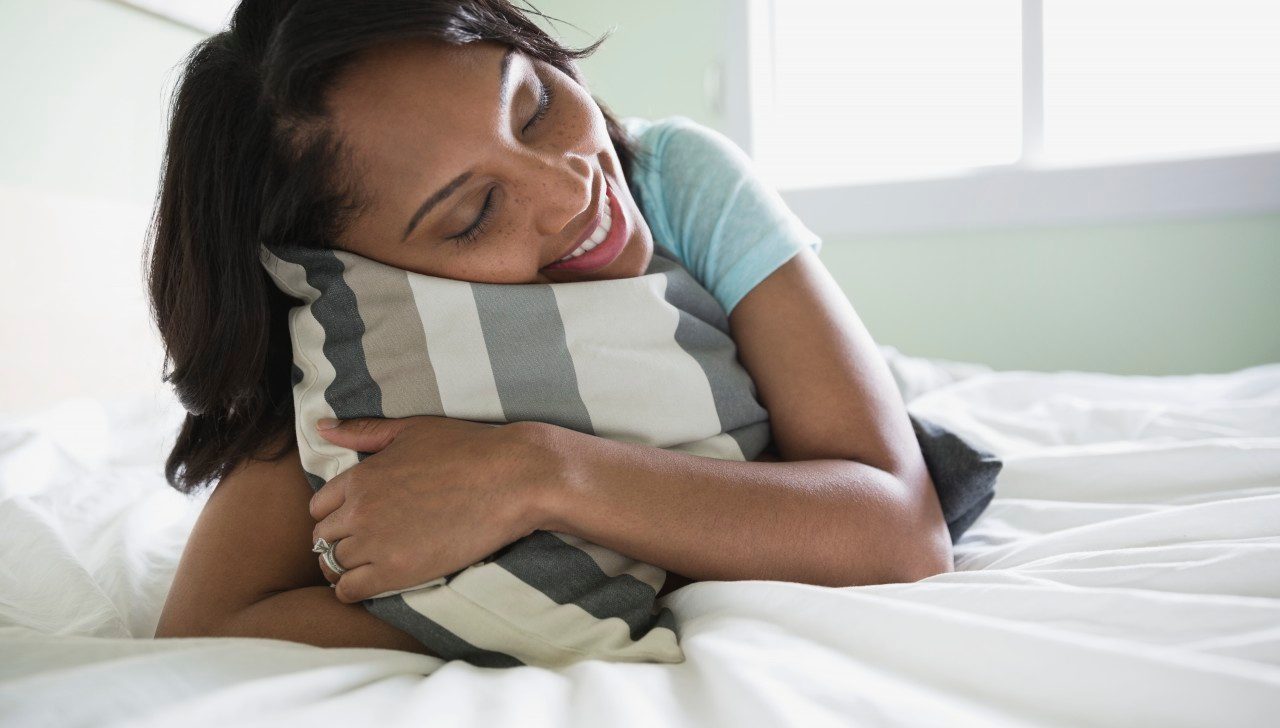Before You Grab that Coffee, Consider a Nap Instead

It’s not an indulgence for the lazy; some of the best of us were nappers.
Theodore Draper, who wrote about history from his home, took a 45-minute nap every afternoon at 2 p.m. for at least 55 years. He picked up the habit, after World War II, in Paris, which for him was the alpha and omega of culture.
Americans find it awfully hard to get enough good-quality sleep. When fatigue hits, should you grab a cup of coffee? The better option may be a brief nap.
Many see napping past childhood as an indulgence for the lazy, unless you’re sick or elderly. But some of the best of us have been nappers, including Napoleon, Albert Einstein, Winston Churchill, and John F. Kennedy. Napping can sharpen alertness, boost creativity, enhance your sex life, reduce the risk of heart attack, and help you lose weight — all without side effects and for free.
You may also be surprised at the number of nappers. Based on 2014 poll results from the National Sleep Foundation, more than half of American adults had napped within the past seven days, with 23 percent saying they took a nap 1 to 2 days a week, 13 percent 3 to 4 days, and 17 percent at least 5 days. Some, like Draper, nap on schedule. Others nap to buoy themselves for a demanding activity like a long drive or big test. If you find yourself tired behind the wheel, it’s a good idea to pull over for that cup of coffee, followed by an emergency nap before the caffeine kicks in. You’ll wake up double refreshed.
Many people, on the other hand, say that they could never fall asleep on cue midday. In a recent study, Sara C. Mednick, PhD, a sleep researcher and author of “Take a Nap! Change Your Life,” found that some people are more natural nappers than others. “The jury is still out on whether this is a trainable skill,” she says.
Given the substantial benefits, napping is worth a try even if you’re doubtful you can find the time or actually sleep. Mednick recommends a consistent schedule, building in a nap between 1 and 3 p.m. each day. Wear an eye mask, or turn out the lights and pull the shades. Cover up with a sweater, or pull a coat or blanket over your body to stay warm. If you work in an open area and want privacy, try taking your car to a quiet parking spot and reclining the seat. You might find a quiet corner at a gym or, in good weather, a spot under a tree in a safe park.
The perfect nap time occurs at the point in the day when you can achieve a balance between rapid-eye-movement (REM) sleep and slow-wave sleep. REM sleep is dreamtime, when your brain consolidates and processes information, and replenishes mood-boosting chemicals. Slow-wave sleep is essential for repairing muscles, and maintaining your immune system. If you aren’t getting enough slow-wave sleep, your body will make up that debt first, at the expense of REM sleep. To pick your own naptime, refer to Mednick's “Nap Wheel.” Drag the "wake-up time" dial to your rising hour. Let’s say you began the day at 7 a.m. Your best nap will be at 2 p.m. If you nap any earlier, you’ll have more REM sleep; a nap later in the day will be heavier on slow-wave, and you may be more likely to wake up groggy.
How long should you sleep? A 10 to 20 minute nap “allows people to get refreshed without feeling too groggy,” Mednick says. For a deeper sleep, she recommends 60 to 90 minute naps.
Although that coffee may seem more efficient and make you feel smarter, Mednick’s research shows that a nap beats caffeine. Her team began by training 61 people in motor, perceptual, and verbal tasks: tapping a keyboard in a specific sequence, discriminating between shapes on a computer screen, and memorizing a list of words. Then the subjects were divided into three groups. One group napped from 1 to 3 p.m. At 3 p.m., another group took a 200-milligram caffeine pill. The rest took a placebo.
When everyone repeated the task, the caffeinated group was worse than both other groups at tapping the keyboard in sequence. Nappers beat the crowd at discriminating between shapes and memorizing words.
Napping also seems to be good for your heart. In countries where siestas are still common, people are less likely to die of heart disease. In a six-year study by the Harvard School of Public Health and the University of Athens Medical School in Greece, researchers followed 23,681 people living in Greece who had no history of heart disease, stroke, or cancer. After controlling for risk factors such as diet and physical activity, the study found that people who napped for at least a half hour three times a week had a 37 percent lower chance of dying from heart disease. The effect of siestas was strongest among working men, rather than retirees, suggesting that the naps reduced stress.
Maybe you can join them and de-stress with your own siesta, dreaming of the Mediterranean.
Updated:
February 24, 2020
Reviewed By:
Christopher Nystuen, MD, MBA